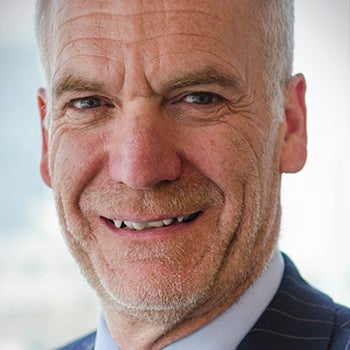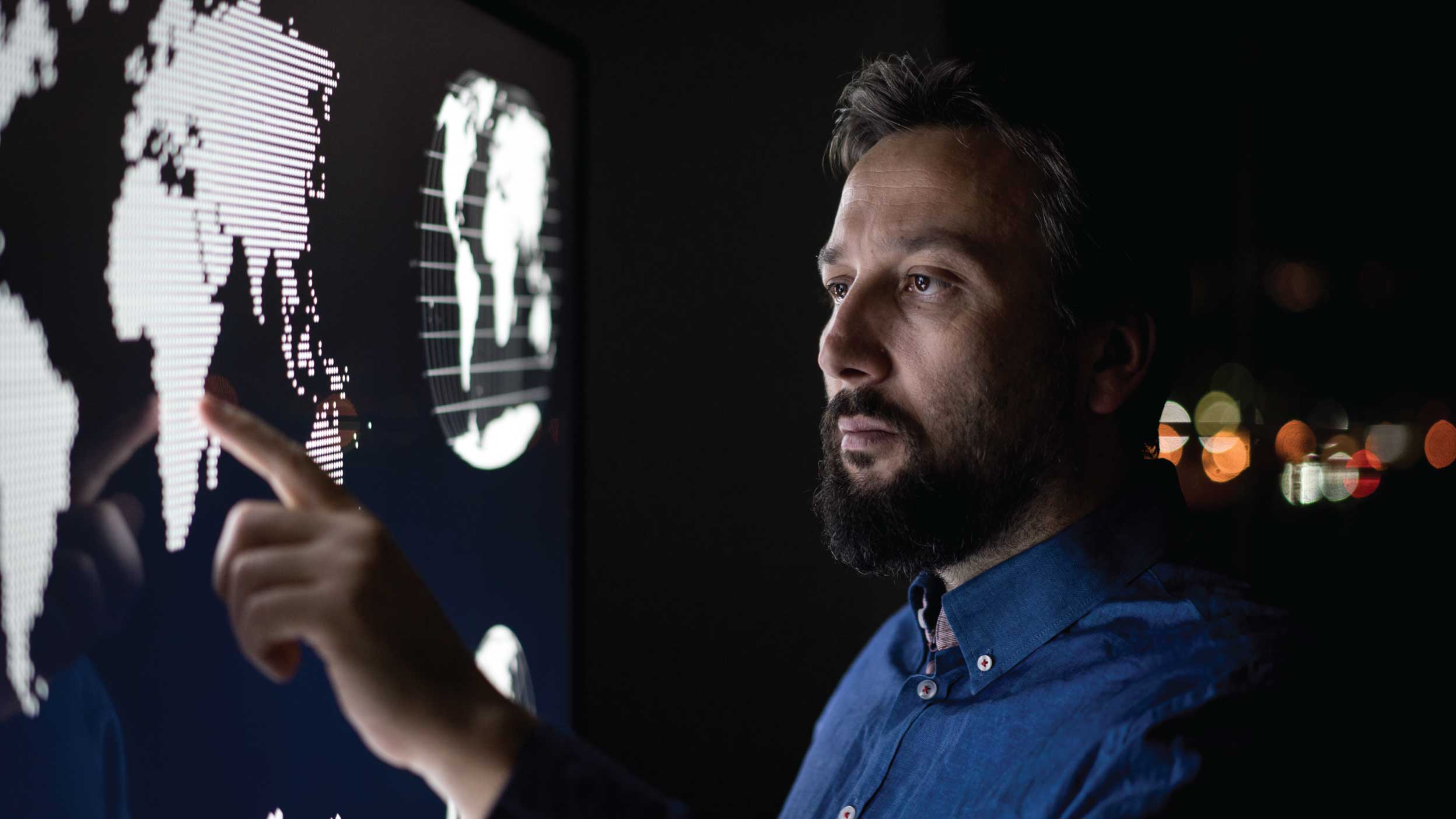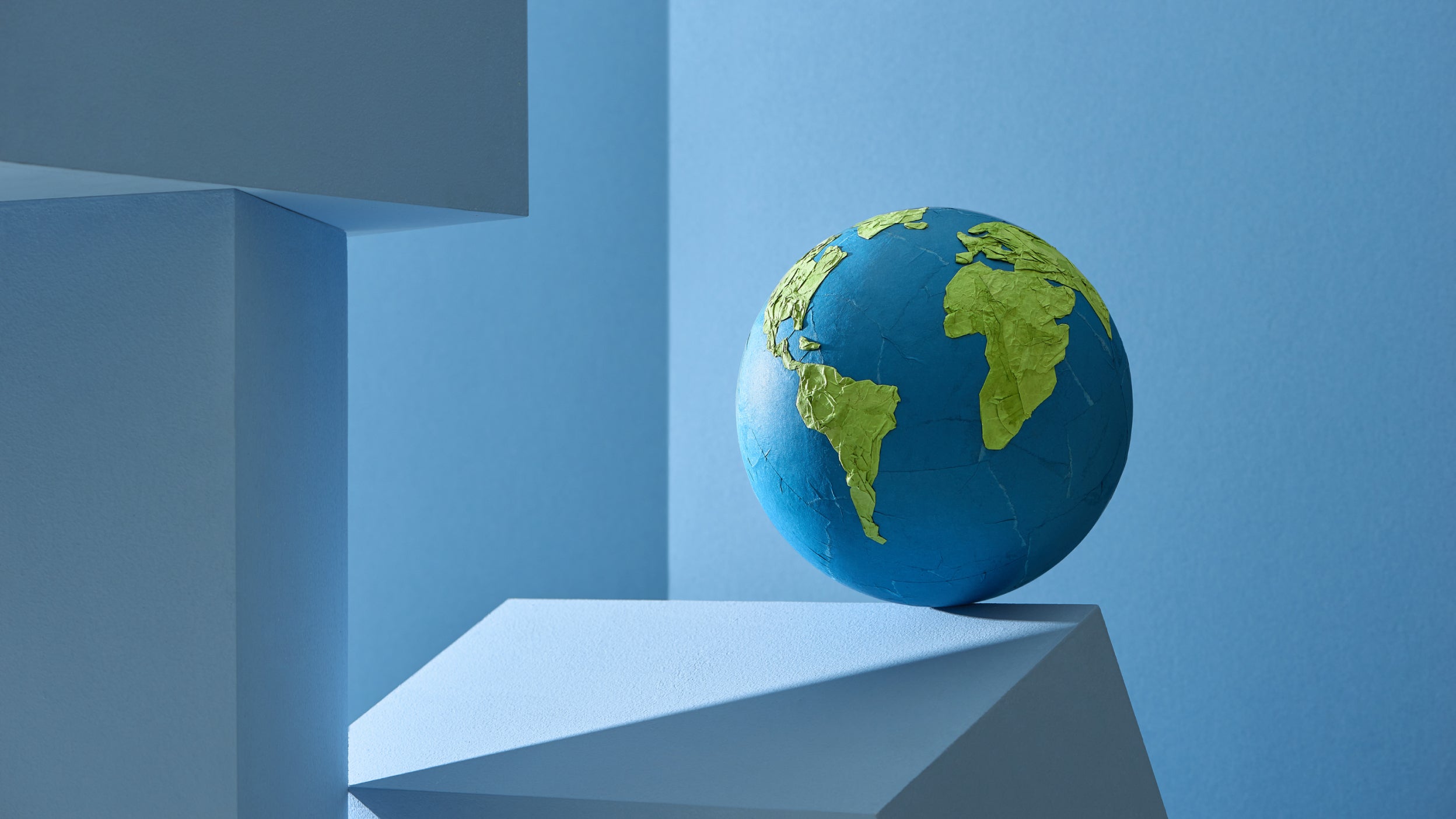Climate change: an opportunity and a challenge
We believe climate change will affect poor countries disproportionately. The ND-GAIN initiative at the University of Notre Dame ranks countries by vulnerability and readiness to resist climate change. Out of 185 countries analysed, only one African country (Mauritius) ranks in the top third globally for climate change resilience. Conversely, the majority of African countries (41 in total) are among the most vulnerable.
African countries contribute less than 3% to cumulative CO2 emissions and have low annual CO2 emissions per capita compared to global averages and countries like the US. This is due to limited industrialization and low incomes, though emissions may rise with economic growth.
Africa has the potential to develop in a low-carbon way, leveraging abundant solar and wind resources. Investing in renewable energy infrastructure could position Africa as a leader in technological innovation and create commercial opportunities.
Supporting Africa's adoption of renewable technologies is crucial for mitigating climate change and fostering economic growth. Overseas private sector investment, along with government aid, will play a key role in this transition towards sustainable development.
What are the obstacles?
Apart from some of the challenges around climate change, one of Africa’s other primary challenges is attracting investment. Many African countries face obstacles such as conflict, lack of trust, or insufficient legal frameworks and financial markets to attract private overseas funding. Recent military coups in Burkina Faso (2022, twice), Gabon (2023), Guinea (2021), Mali (2020 and 2021), Niger (2023), and Sudan (2021) exemplify these challenges.
The involvement of global powers like China, Russia, Europe, and the US has not always benefitted Africa. The challenge now is to channel this interest positively. Thus, outside investors must identify potential, feasibility, and associated risks in African investments. Each country's situation varies, and we aim to distil the information in this document to assess likely funding sources (aid, multilateral financing, NGOs, and overseas private investors) for each.
Africa top 10
Below, you can see what we believe are the top 10 African countries to watch. These judgments are subjective but grounded in economic, institutional, political, and investment realities as seen today.
The list is largely unchanged from 2021, though Angola replaces Cote d’Ivoire this time.
South Africa and Botswana remain highest ranked, with Tanzania moving to #3.
Some countries miss out due to size and limited natural resources but offer financial markets, openness to investment, and potential. Mauritius is a prime example: a small island with a thriving tourist industry, high literacy, tech uptake, and competitiveness.
Namibia, Senegal, and Tunisia are excluded due to size and resource constraints. All 54 countries have something to offer investors, but potential may take time to realise given current realities. Situations can change quickly, prompting annual ranking updates.








